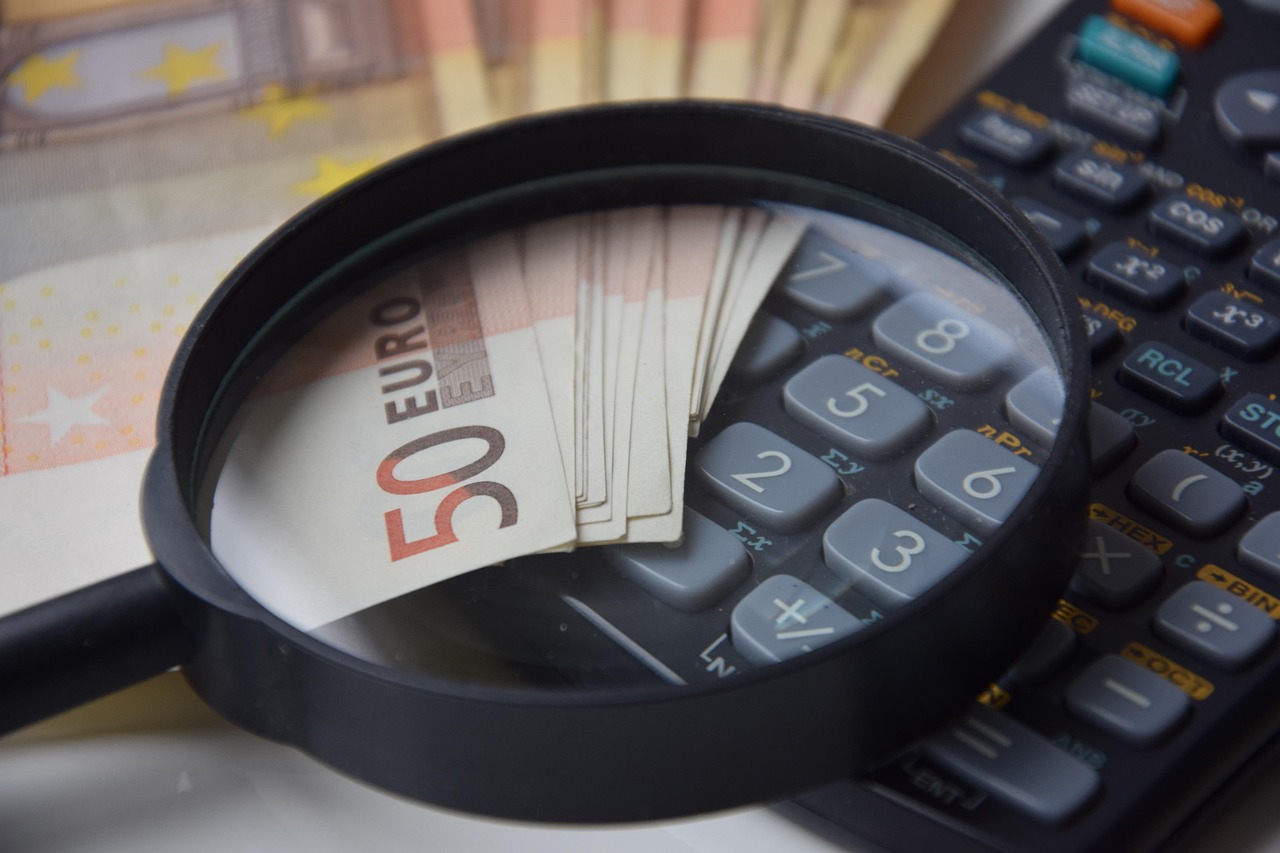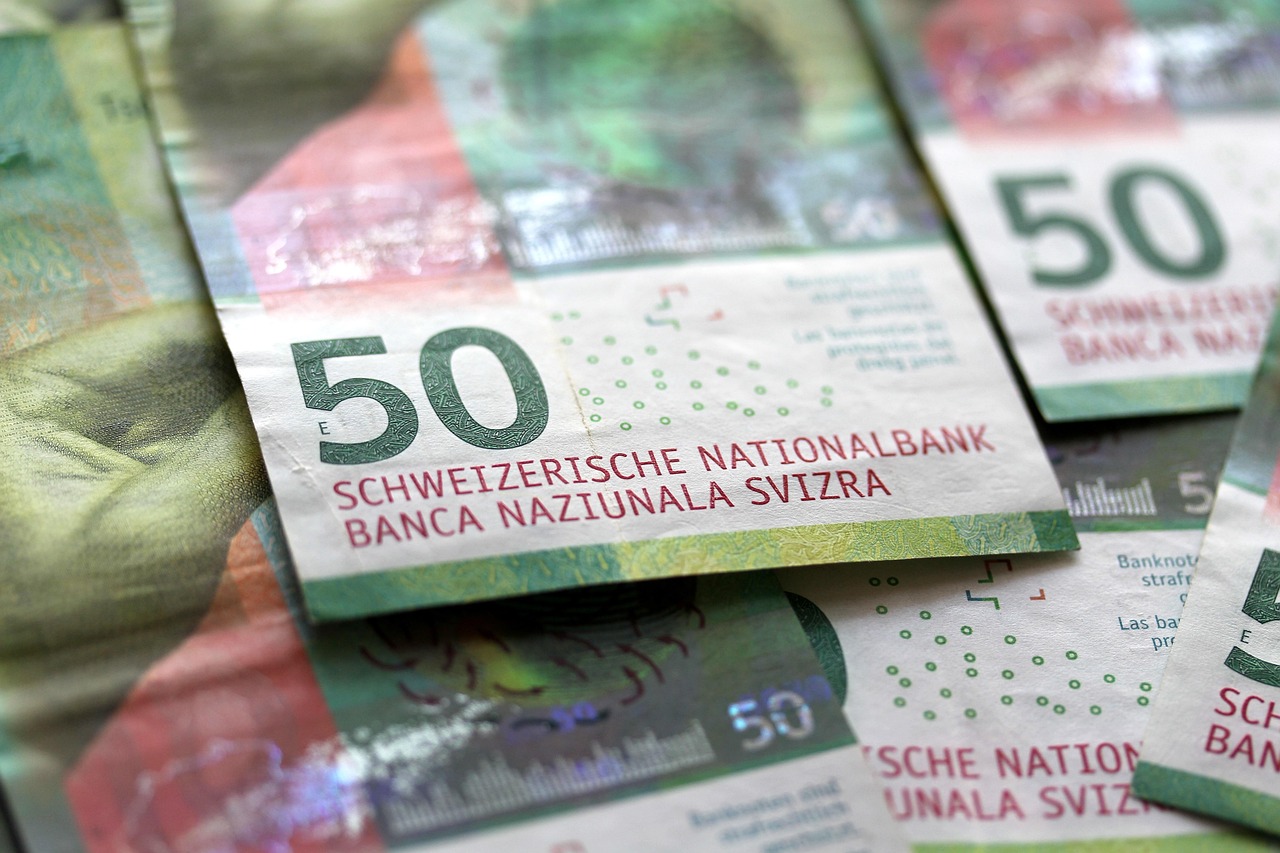Round-Up Savings Customizable by Category: A New Frontier in Personal Finance

In an era where financial technology continues to evolve rapidly, one innovation gaining traction is the concept of round-up savings customizable by category. This approach not only enhances the traditional method of saving spare change but also allows users to allocate the accumulated funds to specific spending categories. Such a system fosters a more strategic and personalized approach to savings, empowering individuals to align their financial habits with their broader financial goals.
Round-up savings have been popularized by a number of fintech applications that automatically round up each transaction to the nearest dollar, redirecting the difference into a savings account. This seemingly trivial accumulation of spare change can, over time, amount to a significant sum, encouraging a habit of saving amongst users. As of 2023, the global fintech market continues to expand, with reports indicating a projected growth rate of 23.84% from 2021 to 2026. Within this thriving ecosystem, customizable round-up savings represent an innovative step forward.
The customization of round-up savings by category offers several advantages:
- Targeted Savings Goals: Users can direct their savings towards specific goals, such as travel, education, or emergency funds. This feature allows for a more focused approach, helping individuals to achieve specific financial objectives more efficiently.
- Increased Financial Awareness: By categorizing savings, users are encouraged to evaluate their spending habits in different areas of their lives. This increased awareness can lead to more informed financial decisions and a deeper understanding of personal finance.
- Enhanced User Engagement: The ability to customize savings categories can increase user engagement with financial applications. As users actively manage and modify their savings categories, they are more likely to engage regularly with the app, leading to improved financial literacy and discipline.
Globally, the adoption of customizable round-up savings can vary significantly depending on the region’s technological infrastructure and financial culture. In the United States, where mobile banking adoption is high, there is a growing demand for personalized financial solutions. Meanwhile, in emerging markets, the proliferation of smartphones and mobile internet provides an opportunity to introduce round-up savings to a new user base, potentially driving financial inclusion.
However, the implementation of customizable round-up savings is not without challenges. Ensuring data privacy and security remains paramount, particularly as financial applications handle sensitive user information. Furthermore, obtaining user consent and maintaining transparency about how data is used is crucial for building trust and fostering long-term adoption.
From a technical perspective, developing an effective customizable round-up savings feature requires robust data analytics capabilities. Financial applications must accurately categorize transactions, which often involves sophisticated algorithms capable of learning and adapting to user behavior over time. Additionally, integrating these features with existing banking systems and ensuring seamless user experience are critical components of successful implementation.
As financial technology continues to advance, the potential for customizable round-up savings to transform personal finance is significant. By allowing users to tailor their savings strategies to their unique needs and preferences, this innovation not only supports individual financial goals but also contributes to a broader culture of savings and financial responsibility. As fintech companies and banks explore this frontier, the impact on global financial habits may well be profound, altering the landscape of personal finance in the digital age.













